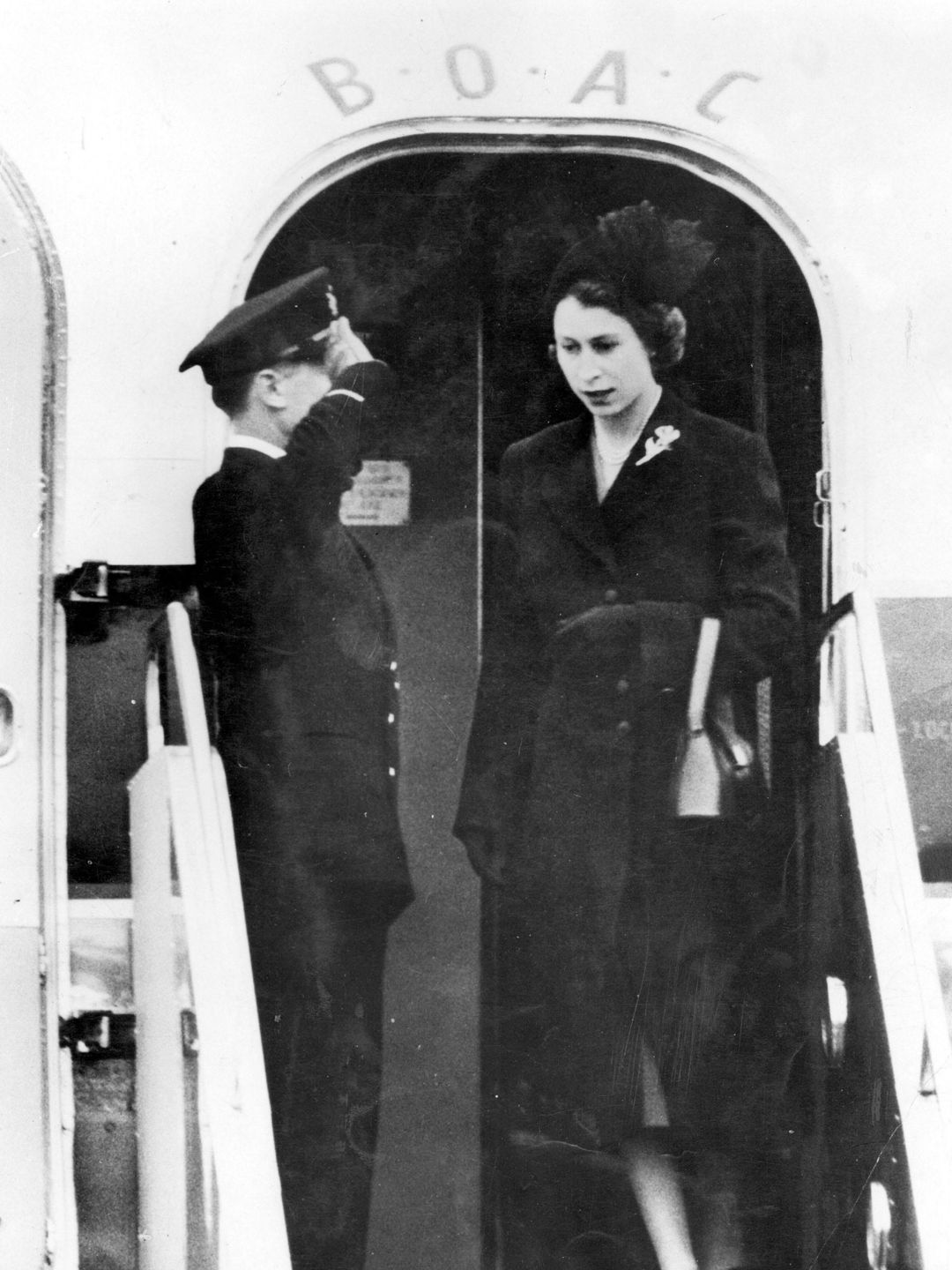While King Charles and Queen Camilla are no doubt enjoying themselves during their royal tour of Australia, there are still several rules that they and other members of the royal family need to adhere to.
From what to wear, who to fly with and even what to pack, royal tours are strictly governed, although there is one rule that has been regularly broken. So, as Charles and Camilla continue to tour 'Down Under', find out the rules that the pair will have to be following…
1/8

1. Always bring a black outfit
This rule was brought in when the late Queen was caught foul of it in 1952, following the death of her father, King George VI. At the time of his death, the then Princess Elizabeth and Prince Philip were on a royal tour of Africa and was in Kenya when the news broke.
One of the rules following the death of a monarch is that other members of the royal family can only be seen in black, and the late Queen didn't have such an outfit with her. Therefore, when she landed back in England, she couldn't depart the plane until one had been brought onboard for her to change into.
2/8
2. Change on the plane
Speaking of changing clothes, ever wondered why the royals always look their best when they're disembarking a plane? It's because they've only recently changed into the clothes they're wearing.
Royal expert Marcia Moody wrote in Town & Country: "Last minute briefings are given on the plane, and the royals will change out of traveling clothes into their outfits at the last minute to avoid wrinkling or spills."
3/8
3. Respect the host nation
An incredibly understandable rule, given that members of the royal family are supposed to be representing Britain on the global stage during their royal tours. This means learning part of the native language of a country they're visiting in order to greet dignitaries in an appropriate manner.
It also extends to the clothes that royals will wear, with members of the family often dressing in outfits or carrying accessories that have a particular significance to a culture of the locals.
4/8
4. Fly British Airways when possible
Given they're the British royal family, it's understandable that royals should fly with the country's flagship airline when travelling abroad. However, this rule is flexible given that it's not always a possibility. For instance, when Prince William and Kate flew to Pakistan, the then Duke and Duchess of Cambridge flew in an RAF jet for security reasons.
The rule only extends to royal tour visits, for holidays, royals are fine to fly with whichever airline they desire if they choose to fly commercially.
5/8
5. Don't fly with your heir
The most commonly broken rule is the one stipulating that family members should avoid travelling together. The reasoning behind this is that if the plane were to crash, multiple family members could be wiped out in one go.
With the improvement in airline safety, this rule isn't typically followed, with Prince George and Princess Charlotte joining their parents on royal tours in their early years and the Duke and Duchess of Sussex brought their son, Archie, with them to Kenya in 2018.
Royal children are often sometimes left at home instead of joining their parents when they go abroad. George, Charlotte and Prince Louis didn't join their parents during their Caribbean tour in 2022.
6/8
6. Bring a skilled team
A lot of work goes into royal tours and therefore plenty of staff are needed to ensure its success, ranging from aides to help with briefings and any changes to an itinerary or a hairdresser in order to make sure the royals look their best.
7/8
7. Tours shouldn't last longer than two weeks
While royals used to tour entire continents for months, it's no longer the done thing and now royal tours are only expected to last for two weeks. That does, however, mean that royals on tour often squeeze in several engagements in one day.
8/8
8. Bring your own blood
We end on perhaps the most unusual rule of all, but with the health of a monarch of top importance, a doctor always travels with them. They're expected to pack blood bags that match the monarch's blood type in case of an emergency, especially when the host country might be struggling with its own supply.

